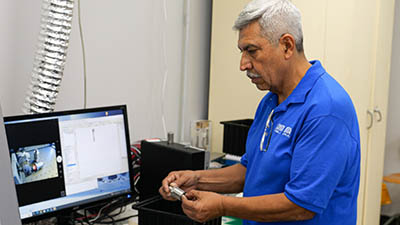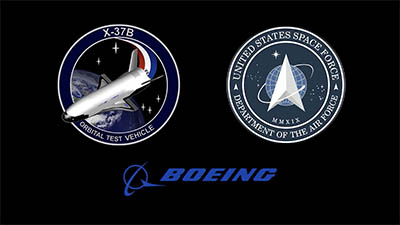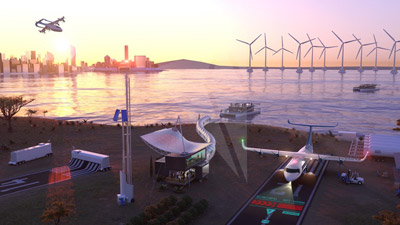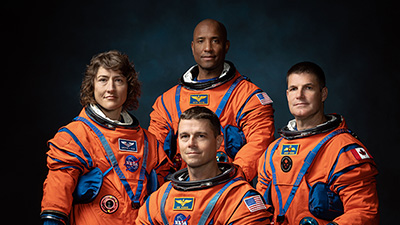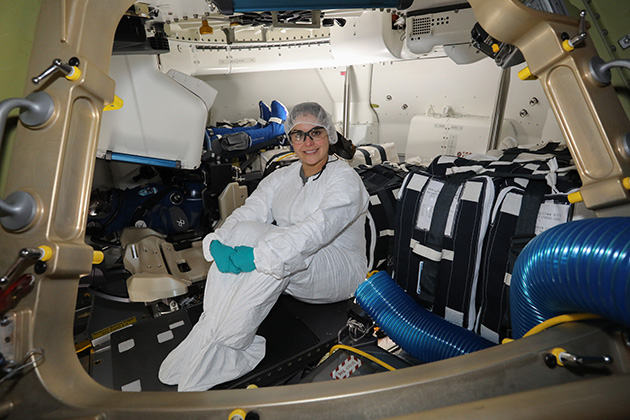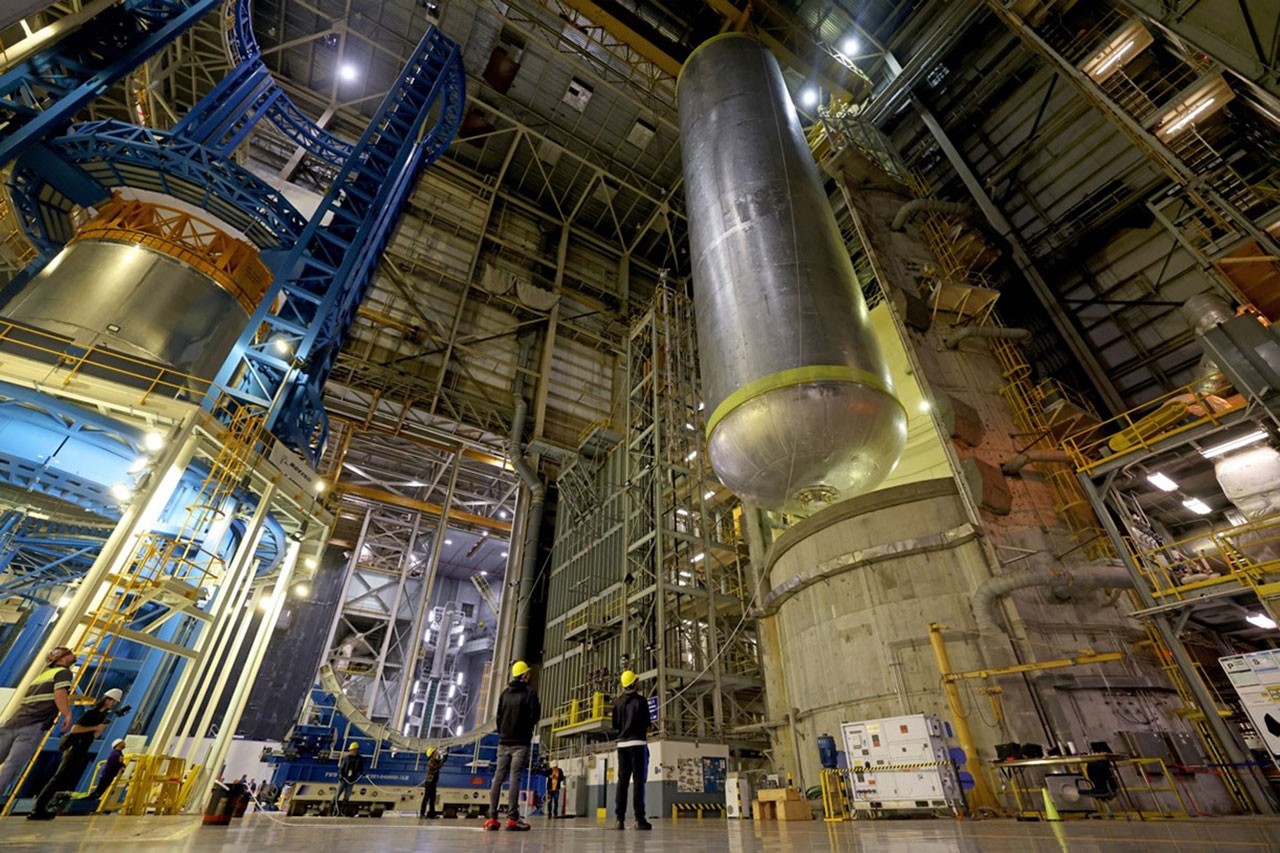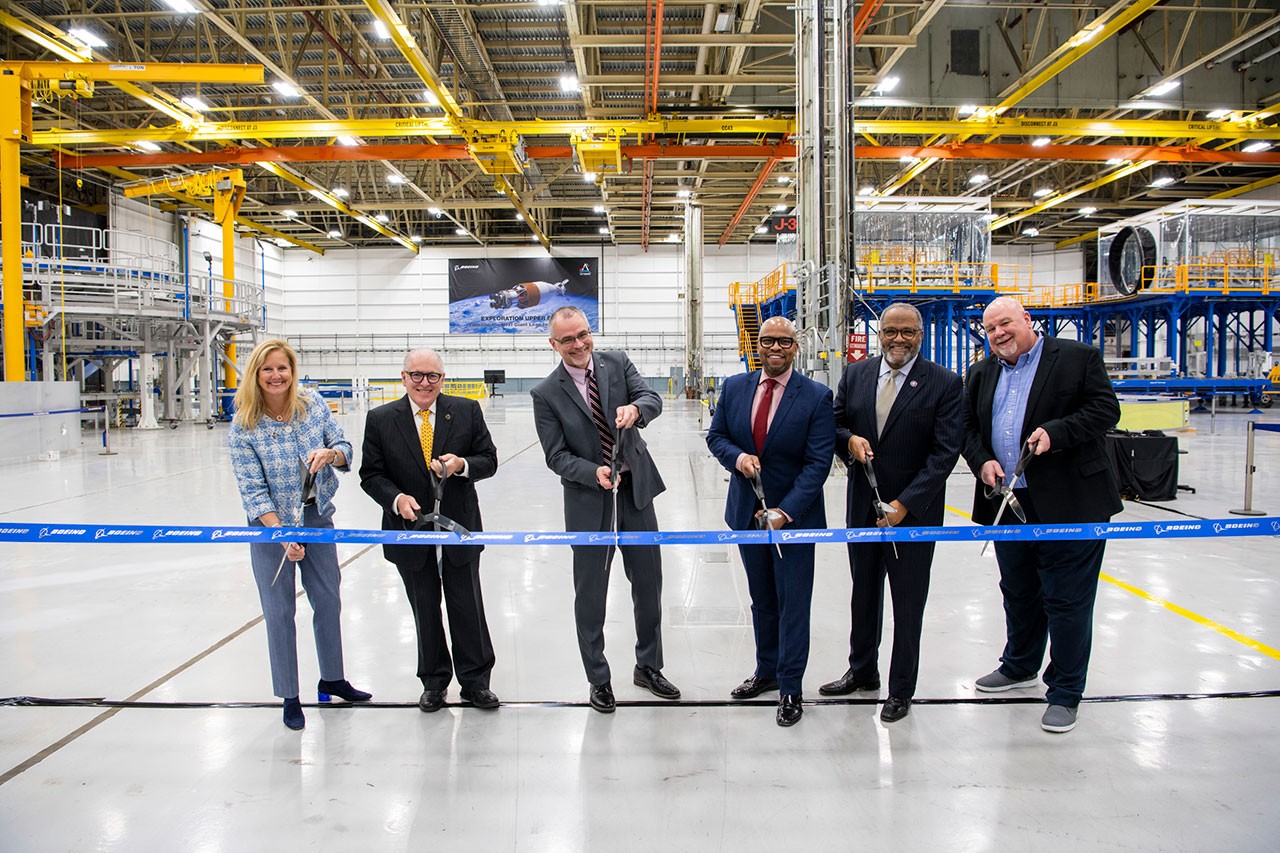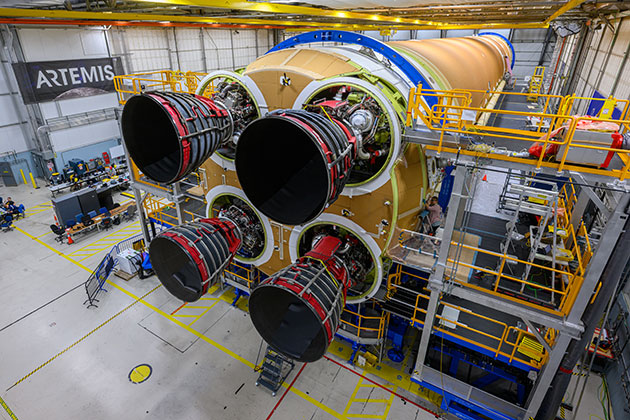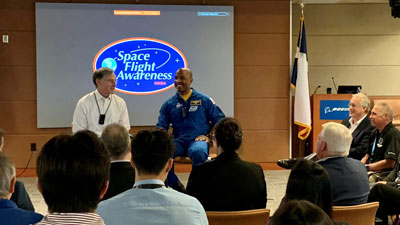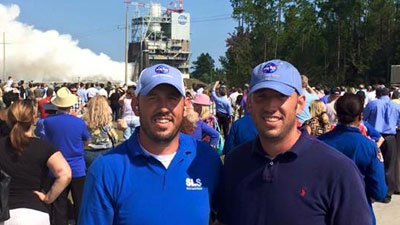How an idea on a napkin became a new Boeing standard
Monopod Sander makes sanding more ergonomically safe
- Teaser 1
- Teaser 2
- Teaser 3
Sanding any surface can be ergonomically harmful due to strain on the shoulders and vibrations in the hands. Boeing has made the reduction and eventual elimination of sanding-related ergonomic risk a top priority.
As a human factors engineer, I had the unique experience of investigating potential solutions for this challenge—and even trying them myself. As one of our painters in St. Louis, Mike Kerr, said to me early in my research, “For you to truly understand the challenge we face, you really have to suit up and try it yourself.”
After 15 minutes of sanding an aircraft, my shoulders, arms and neck were experiencing discomfort. As I mulled the problem, a simple but potentially promising concept came to mind: a sanding rotator head coupled to an extendable actuator rod. I sketched it out on that most time-honored of inventor’s tools, a napkin.
I shared the monopodic sanding device drawing with engineering colleagues Jason Kerestes and Colton Smoot. With their mechanical, robotics and fabrication experience, we had a working prototype in a few days.
As we developed the concept, we also consulted with Lluric Edison, a Boeing ergonomist who specializes in mitigating solutions for high-risk work areas. Edison provided ergonomic risk evaluations of overhead sanding so that we could optimize our solution.
A combination of risk factors makes sanding an airplane strenuous. Much of the job is above the person doing the sanding, and the shoulder and arm support weight overhead while applying constant pressure on the sander and the sanding surface. These same risk factors affect the neck and the primary wrist supporting the sander, as both extend backward at an extreme angle when working overhead.
Vibratory impact is acute for longer durations, and it generally takes a smaller amount of vibratory force to significantly affect the soft tissue and nerves in the wrist and hand.
With that guidance in mind, we designed around the premise that it is better to engineer out the hazard rather than to use risk mitigation such as protective equipment (such as anti-vibration gloves) or administrative controls (such as time-limited sanding).
To address vibratory factors, the tool is coupled to a custom gimbal that keeps it flat against the surface being sanded, eliminating the need for the operator to hold the sander in their hand.
Then the gimbal is coupled to a pneumatic actuator that enables painters to set the amount of pressure applied, eliminating strain caused by contact pressure. A telescoping handle keeps the painter’s hands close to the body and provides sander and actuator control.
To eliminate risk to the user’s neck, the handle is positioned to ensure painters are looking forward instead of upward.
Laboratory tests on simulated aircraft structures proved successful, so within a couple of months, I was en route to St. Louis to test the first working prototype.
After an hour of testing, the painters systematically analyzed the device and identified ways in which it could be improved. The team then made adjustments to ensure a usable product.
We also joined forces with Mary Tobin, a systems engineer who has been leading advanced surface processing efforts focused on eliminating manual sanding within Boeing. She helped us continue testing in a variety of production contexts and implement subsequent sander improvements.
We are now three generations into the monopod sander, continually implementing mechanic feedback from across the Boeing enterprise. We also incorporated site-specific constraints and factors and made modifications easy to implement by providing local teams the design models and drawings.
Boeing’s rapid tooling team has applied additive manufacturing to new device iterations. For example, components previously machined with aluminum were changed to 3D-printed plastics, making the system lighter and improving its overall usability.
With the support and insights of Boeing painters, what started as an idea on a napkin has become an ergonomic solution that serves as the new standard for aircraft overhead sanding at Boeing.
But what’s been most rewarding to me is something another colleague said: “This is testament to the great work that can be executed by engineers working directly with the folks who do the job every day to make their work safer.”
About the author: Kadon Kyte is a Boeing human factors engineer.





